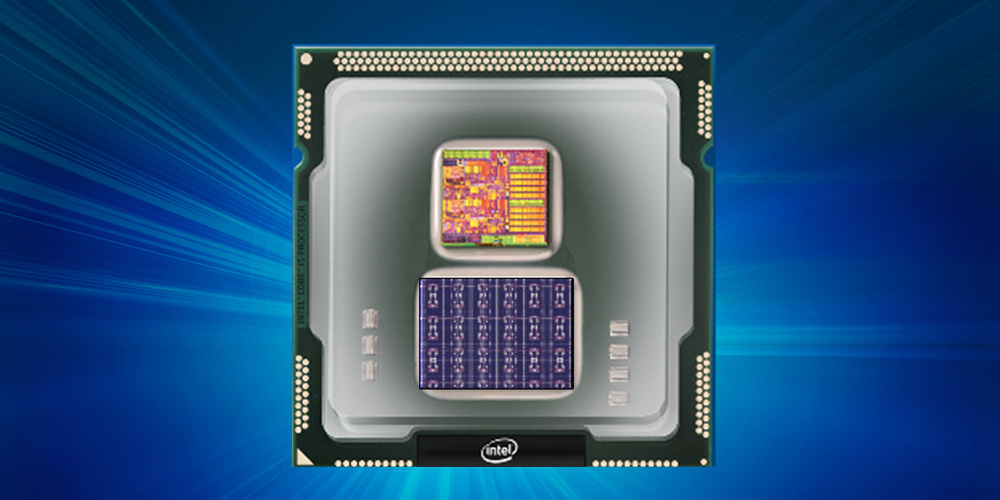By Gary Elinoff, contributing writer
Intel’s new Loihi chip is designed in a manner that mimics the way a living animal’s brain functions. Communication within the new artificial brain happens via a series of “spikes” rather than in the more continuous manner employed by most computer chips, even those specifically designed for artificial intelligence. This neuromorphic topology provides many advantages for speed, performance, and energy efficiency.

Intel’s Neuromorphic Loihi Chip. Image source: Intel.
Of lobsters and men
Intel’s Loihi chip deploys 1,024 “neurons“ in each of its 128 computing cores. That adds up to well over 100,000 neurons, which, as reported in Forbes, communicate over 130 million synaptic pathways. This represents a complexity similar to the brain of a lobster. By contrast, human brains contain over 80 billion neurons.
According to Narayan Srinivasa, senior principal engineer and chief scientist at Intel Labs, “The brain doesn’t communicate as often as you’d think.” It is believed that the animal brains don’t function like classical computer chips, on a clocked, rigidly timed basis, but are instead sometimes relatively inactive, and when they do communicate, it is through a series of spikes. The Loihi chip works in a similar manner, and, again, according to Srinivasa, “This chip doesn’t consume energy until there’s a spike.” It is believed that this will enable it to run in a far more efficient manner.
Learning through experience
Intel believes that AI systems built on chips like Loihi can learn in a manner similar to the way that biological entities learn — by experiencing the world as it exists around them. This contrasts to the current “deep-learning” AI modality, wherein the chip is programmed, or trained, via vast reams of data that must be contained within large, powerful, cloud-based computing systems.
The Loihi approach could theoretically speed up the process of empowering devices such as semi-autonomous cars, drones, or, most enticing of all to anyone who’s ever sat at a red light when there were no other vehicles or people around, intelligent traffic lights. However, earliest applications are expected to be in industrial automation.
Intel expects that the Loihi chips will be available to researchers sometime early in 2018.
IBM’s bee brain AI chip
As expected, Intel is not alone. IBM’s TrueNorth chip is a neuromorphic device with 4,096 cores, which can simulate a million neurons and 256 million synapses. Big Blue claims that this is equivalent to a bee’s brain.
We’ll leave the debate of which creature is truly more intelligent, a bee or a lobster, to the biologists. For those of us who are into technology, neuromorphic chips represent the enticing possibility of more quickly training AI devices and quickening the pace of bringing them to market.
Advertisement
Learn more about Electronic Products Magazine





